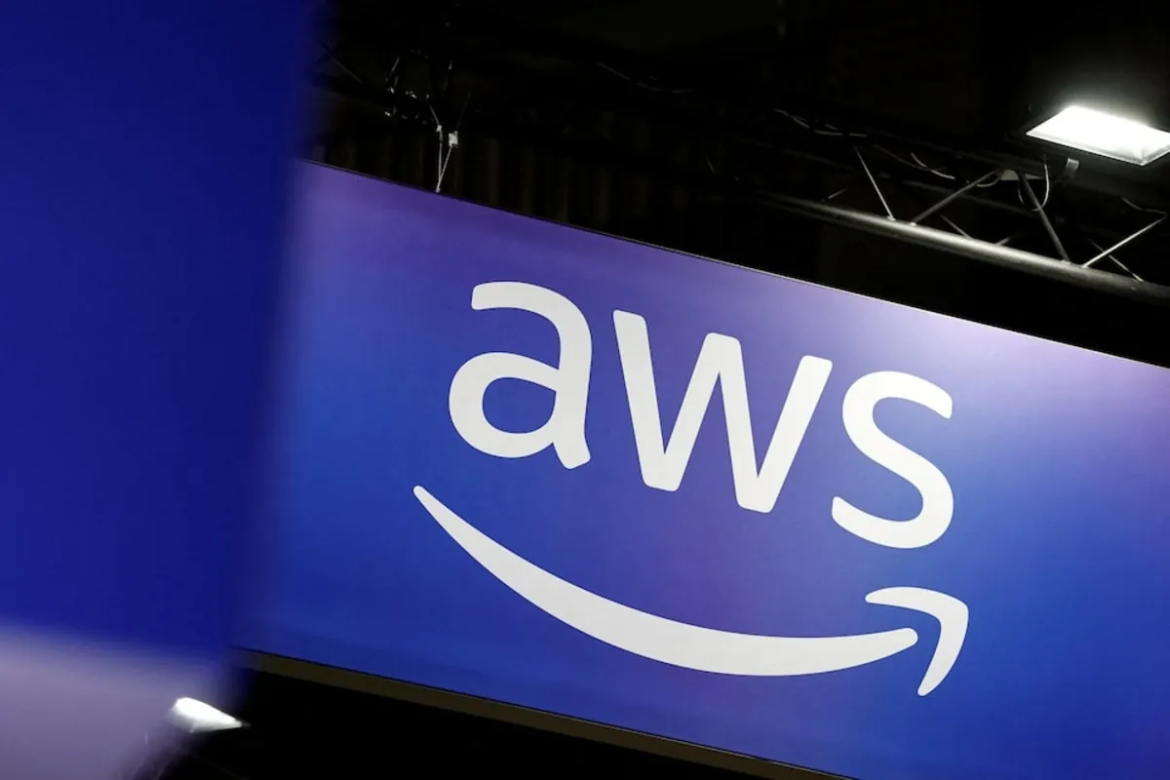By Rasheed Muraina
When Amazon Web Services (AWS) sneezes, the internet catches a cold and on Monday, October 20, 2025, it came down with the flu.

A massive technical failure at AWS’s Northern Virginia data center temporarily crippled major websites, apps, and devices across the globe. From Snapchat and Fortnite to Ring and Alexa, millions of users suddenly found themselves disconnected.
The incident exposed a harsh truth: our digital world runs on fragile foundations, and one misstep in a single data center can cause a global blackout.
The chaos began around 3:11 AM ET, when AWS reported “increased error rates” in its US-EAST-1 region, a critical hub that supports countless businesses worldwide.
Soon after, major platforms Snapchat, Reddit, Epic Games, Alexa, and Ring all reported issues. Some apps refused to load; others displayed endless error messages.
By 6:35 AM ET, AWS engineers said they had “mitigated” the problem, but recovery took several more hours. For businesses and users who depend on the cloud, the morning felt endless.
What Caused the Outage?
AWS later traced the disruption to its Domain Name System (DNS) the invisible phonebook of the internet. When the DNS fails, devices can’t find servers, and apps can’t connect.
This DNS glitch affected DynamoDB, AWS’s powerful database service that powers thousands of global apps. The failure triggered a “cascading effect” across multiple systems, causing even unrelated services to falter.
In simpler terms: one broken link in AWS’s network created a global digital traffic jam.
The outage didn’t just hit tech companies it reached into people’s homes. Smart assistants went silent, streaming devices stopped responding, and even smart beds were affected.
Users of Eight Sleep, a luxury cloud-connected mattress brand, complained their beds overheated or froze during the outage. The company later apologized and announced a new “outage mode” to keep its beds functional during future failures.
Across the board, e-commerce stores, game servers, and fintech apps went offline. Some businesses reported millions in lost revenue and angry customers demanding answers.
A Wake-Up Call for the Internet
This isn’t the first AWS outage and experts warn it won’t be the last. The same US-EAST-1 region has suffered multiple failures in recent years (including 2020 and 2021).
The problem isn’t just AWS; it’s the centralization of the web. A few tech giants Amazon, Google, Microsoft host most of the internet’s traffic. When one falters, the entire ecosystem feels the shock.
The incident reignites debates about whether the internet should become more decentralized, with smaller, independent networks to reduce the risk of total collapse.
Lessons Learned
- Don’t put all your data in one cloud.
Businesses should diversify across multiple cloud regions or providers. - Plan for downtime.
Build “offline modes” or fail-safes for critical operations. - Transparency matters.
During an outage, honest communication builds trust faster than silence. - Test your systems.
Just like fire drills, companies should run “outage drills” to prepare for major disruptions.
What This Means for the Future
The October 2025 AWS outage is more than a technical hiccup it’s a reminder of how dependent we’ve become on invisible infrastructure.
In just a few hours, one system failure disrupted communication, commerce, and comfort for millions worldwide.
As digital transformation accelerates, the question isn’t if another outage will happen it’s when, and whether we’ll be ready for it.
The AWS outage revealed just how connected and fragile our digital world has become. Whether you’re a startup founder, gamer, or smart-home enthusiast, this was a wake-up call: the cloud is powerful, but it’s not invincible.


